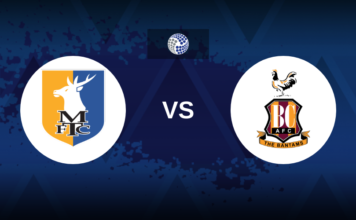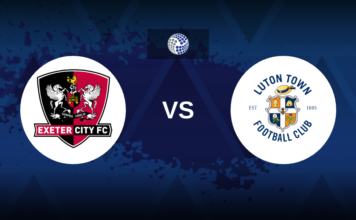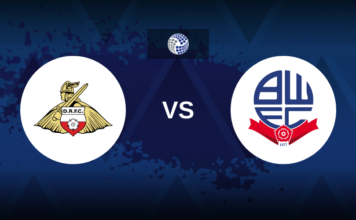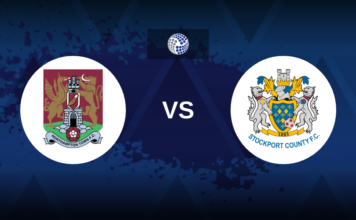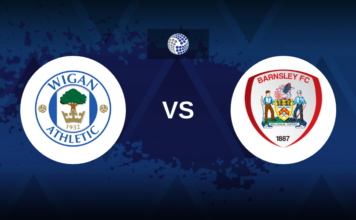Mikel Arteta’s tenure at Arsenal has sparked one of the most polarizing debates in modern football.
Depending on who you ask, Arteta is either a generational manager who has revolutionized the Gunners or an overhyped assistant struggling to make meaningful progress despite significant financial backing. To objectively assess his impact, it’s essential to delve into the scale of transformation at Arsenal under his leadership, examine his squad overhauls, and evaluate how his accomplishments stack up against the team’s spending and expectations.
Consecutive Eighth Place Finishes and No Champions League At His Arrival
When Mikel Arteta first arrived at Arsenal in December 2019, the club was in a dire state. Having finished eighth in the Premier League in back-to-back seasons, Arsenal had missed out on Champions League football for six consecutive years. Morale was low, and the squad Arteta inherited was a patchwork of misfit signings and underperforming players. Arteta’s first game—a 1-1 draw against Bournemouth—did little to suggest that Arsenal was on the brink of a major turnaround.
However, fast forward five years, and Arteta has led Arsenal to successive second-place finishes, pushing a seemingly unbeatable Manchester City to the edge of defeat. While the Gunners have yet to clinch a Premier League title under his leadership, they have re-established themselves as a genuine force in English football, and few fans would dispute that Arsenal is now one of the most exciting teams in the league.
Squad Overhaul: Almost Entirely New Faces
One of the most telling aspects of Arteta’s reign is the dramatic overhaul of Arsenal’s squad. Out of the 18 players involved in his first matchday squad, only Bukayo Saka remains a regular starter for the club. Arteta’s ruthless squad management and strategic recruitment have brought in players who fit his tactical philosophy, such as Gabriel Jesus, Martin Ødegaard, and William Saliba, and shipped out those who couldn’t adapt to his style of play.
This complete turnover is even more impressive when compared to rival clubs. While Arsenal have rebuilt under Arteta, Manchester United still have six players from their 2019/20 season, and both Manchester City and Liverpool have retained several players from the same period. This highlights the enormity of the task Arteta faced and his clear vision for what the team needed to succeed.
Arteta’s Tactical Evolution
Arteta’s tactical journey has been as intriguing as the squad overhaul itself. Initially adopting a defensive, pragmatic approach, Arteta secured his first trophy in 2020—the FA Cup—by outfoxing Pep Guardiola’s City and Chelsea in successive matches. Over time, though, his approach has evolved. Arteta’s current Arsenal side plays a more aggressive, high-pressing, possession-based game, mirroring elements of Guardiola’s Manchester City. The partnership of Gabriel and Saliba at the back has formed a solid defensive unit, while young stars like Saka and Gabriel Martinelli have become pillars of Arsenal’s rapid attacking play.
Still, Arteta has faced criticism, especially for fielding four center-backs in big matches and for being overly cautious in certain games. His willingness to experiment with tactics and personnel, such as his goalkeeping rotation between Aaron Ramsdale and David Raya, has divided opinions. However, many would argue that these decisions reflect a manager unafraid to take bold risks.
The Spending Debate: Net Spend and Results
A key criticism leveled against Arteta is Arsenal’s heavy spending during his tenure. The club has had a net spend of around £500 million since 2019, but this investment should be viewed in context. Clubs like Manchester United, Chelsea, and Tottenham have all spent more during the same period, yet have failed to reach Arsenal’s level of consistency or achievement. United, for instance, may have won more silverware in recent years, but few of their fans would deny that Arsenal’s current project looks far more sustainable and exciting.
Arteta’s recruitment has also been remarkably efficient compared to some of his counterparts. Players like Gabriel Jesus, Ben White, and Ødegaard have not only fit seamlessly into the squad but have also played pivotal roles in Arsenal’s resurgence. Meanwhile, other clubs have splurged large sums on players who haven’t lived up to expectations.
The Trophy Caveat
Despite the positive trajectory, there’s an undeniable truth that looms over Arteta’s legacy—he needs to win a major trophy soon. The FA Cup victory in his first season was an important milestone, but a club of Arsenal’s stature demands more than domestic cups. With Manchester City continuing their dominance, Arsenal must find a way to break their stranglehold on English football. Winning either the Premier League or the Champions League would validate the years of squad building and justify the significant financial outlay.
Conclusion: The Scale of Arsenal’s Transformation
When assessing Mikel Arteta’s tenure at Arsenal, it’s clear that he has overseen one of the most significant squad transformations in modern Premier League history. His tactical evolution, combined with his ability to rejuvenate the club, suggests that Arteta is much more than an “overhyped assistant.” Arsenal is once again competing at the top level, and while trophies remain a key benchmark, the scale of Arteta’s success should not be understated. In a footballing world dominated by Manchester City’s relentless brilliance, Arteta’s Arsenal has come closer than anyone else to dethroning them.
The coming seasons will likely determine Arteta’s place in football history—whether he is remembered as the man who brought Arsenal back to the pinnacle or as a nearly man who couldn’t quite turn potential into silverware. But one thing is certain: Arsenal fans have reasons to be optimistic, and for now, most of them wouldn’t trade places with anyone else.



